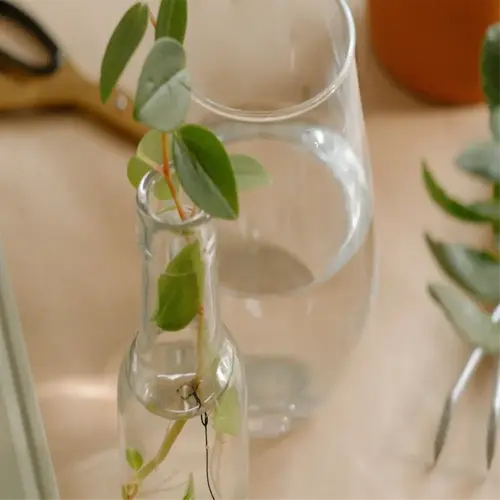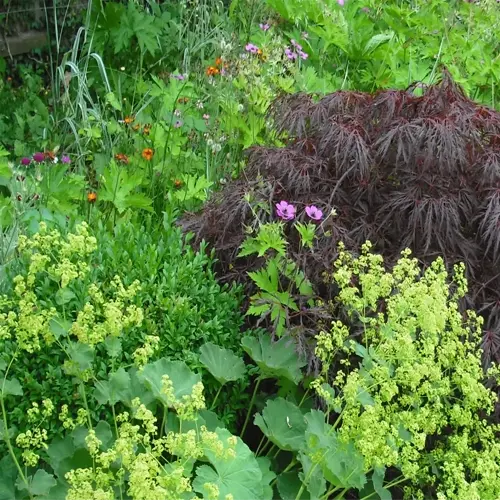What flowering plants support bees throughout the season?

Written by
Nguyen Minh
Reviewed by
Prof. Samuel Fitzgerald, Ph.D.Bee forage requires strategic planning each season to meet the needs of the colonies throughout the year. Crocus bulbs planted in early spring meet the feeding needs of the queen bee's first emergence. Summer sunflowers provide for honey production the greatest times of honey production. Fall flowering goldenrod prepares bees for winter's quiet difficulty of hibernating. Stagger plantings every 14-21 days to allow for the unpredictability of nectar flow despite unexpected weather patterns.
Early Spring Starters
- Crocus: Emerges through snow, 2-4 weeks before last frost
- Willow catkins: Provide protein-rich pollen for nest-building
- Bloodroot: Short bloom period requires companion planting
Mid-Summer Sustainers
- Sunflower: 1,000+ florets per head feed diverse species
- Lavender: Continuous blooms from June to August
- Milkweed: Supports monarchs and bees simultaneously
Soil preparation is key to success for any season. Make sure to test soil pH levels once a year; most native plants do quite well with a pH between 6.0 and 7.0. One year, I was able to increase bee visits threefold, simply through the use of 30% compost to ameliorate our compacted urban soil. Do not apply synthetic fertilizers, as they disrupt and break down microbial networks. If you use any sort of mulch, aim for a light layer to retain moisture, while allowing lower ground-nesting species to tunnel as needed.
Water Management
- Drip irrigation targets roots without wetting foliage
- Morning watering reduces evaporation loss
- Rain barrels conserve resources during drought
Pest Control
- Neem oil sprays at dusk protect foraging bees
- Companion planting with marigolds deters beetles
- Handpick hornworms during evening checks
Plan and monitor your planting using bloom journals. My records indicate that after I included the fall-blooming sedum, I saw resurgences of 23 bee species! Share your observations with local nurseries to improve your region's stock of plants. Just keep in mind, that every flowering stem will contribute to reversing pollinator populations.
Read the full article: Top 10 Flowers for Bees: A Gardener's Essential Guide

